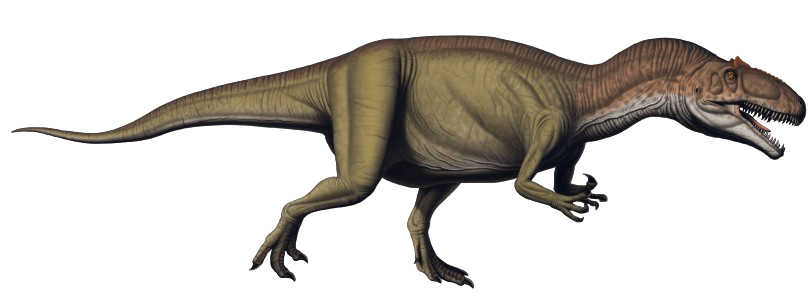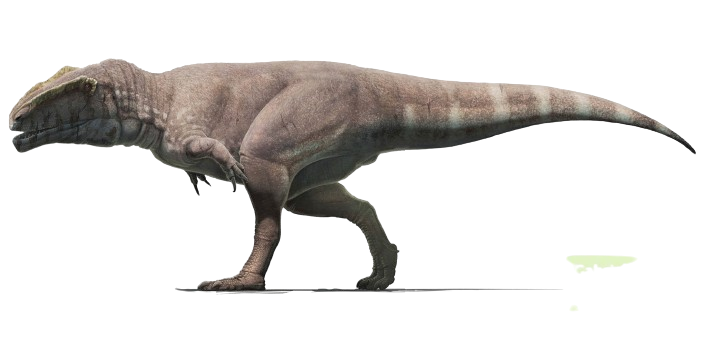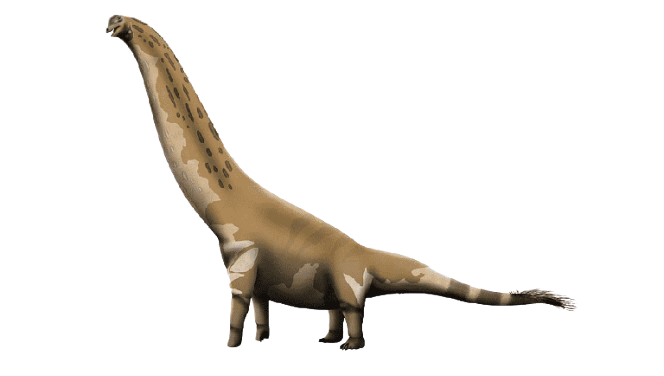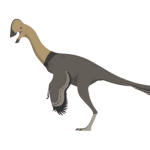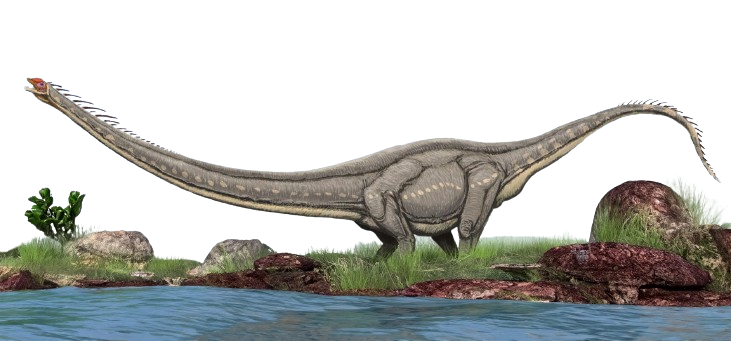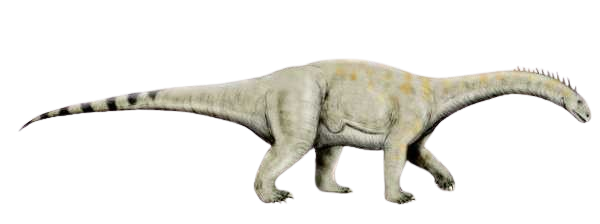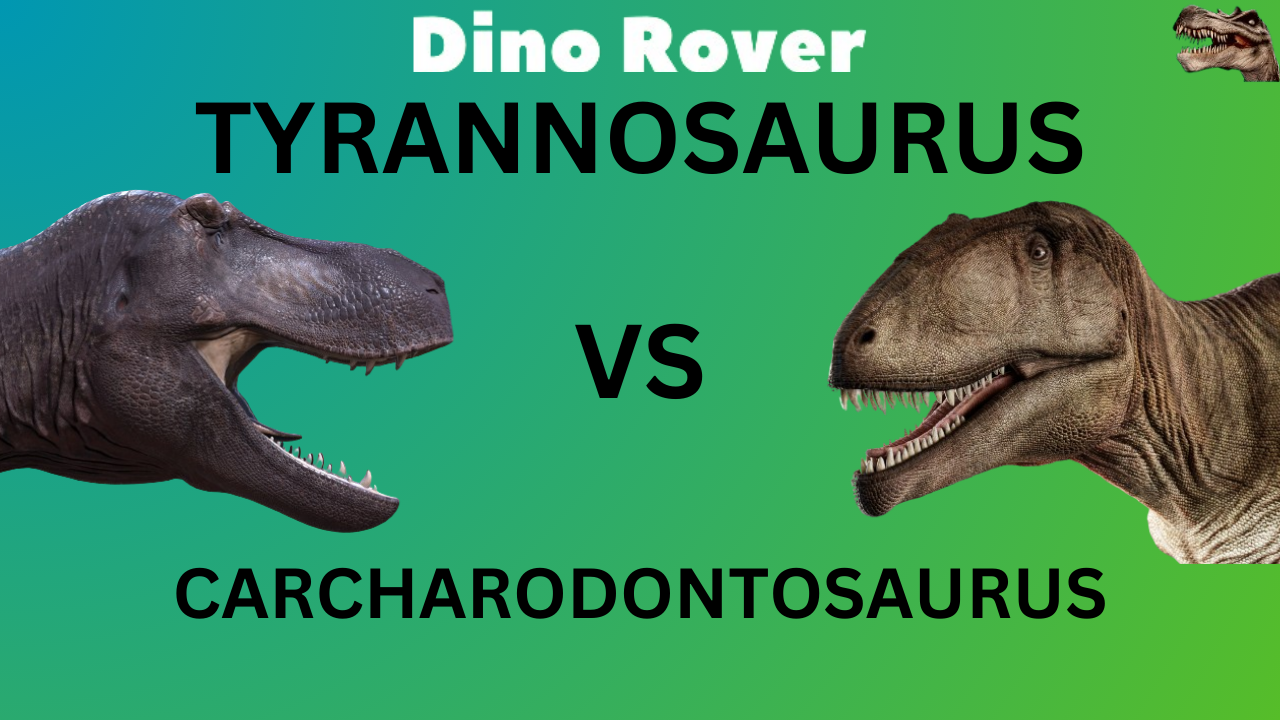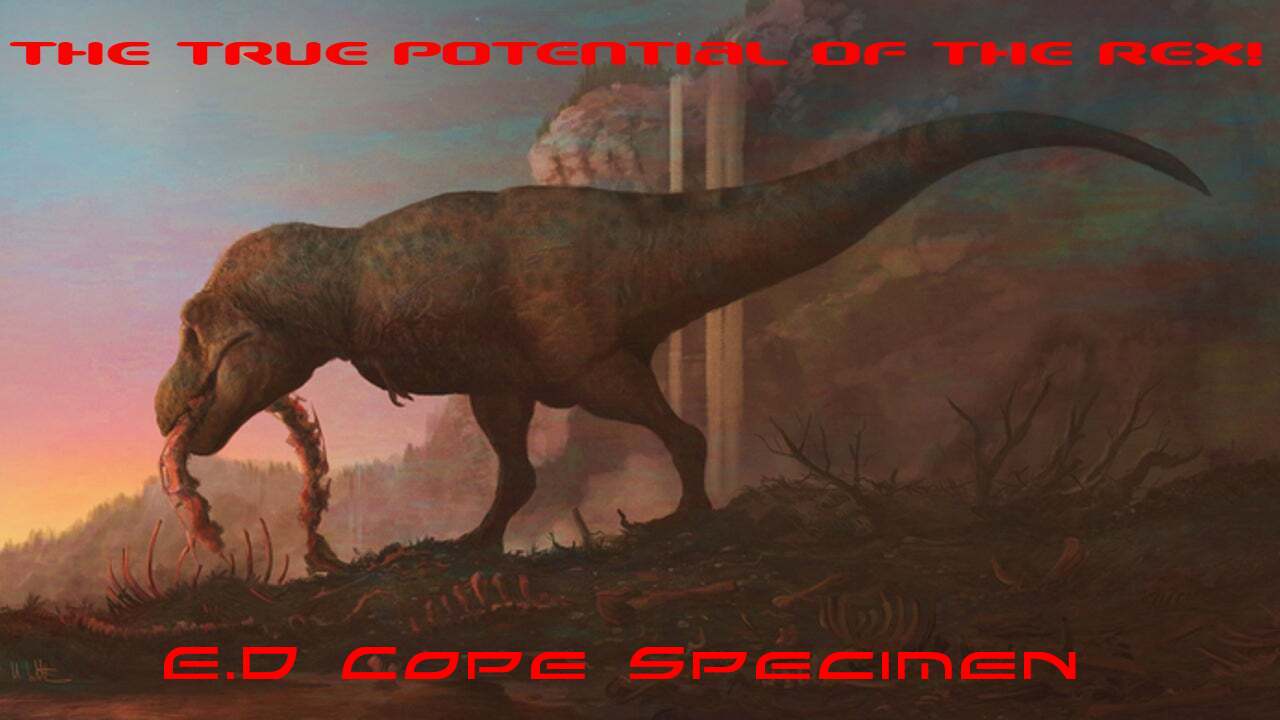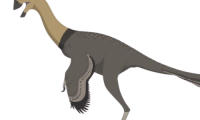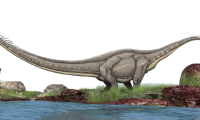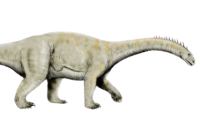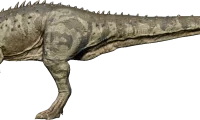Allosaurus, a carnivorous theropod dinosaur that roamed the Earth during the late Jurassic period, between 155 to 145 million years ago, holds a significant place in the annals of paleontology. The name “Allosaurus” is rooted in the Greek words ἄλλος (allos), meaning “different,” and σαῦρος (sauros), signifying “lizard” or “generic reptile,” a nomenclature attributed to its distinctive concave vertebrae. The first identifiable fossil remains belonging to this genus were officially documented in 1877 by the eminent paleontologist Othniel Charles Marsh, a discovery that has captured widespread attention far beyond the realms of paleontological study.
Characterized as a bipedal dinosaur, Allosaurus exhibited a robust build, walking on two powerful hind limbs. Its imposing skull, adorned with dozens of sharp, serrated teeth, reflects its carnivorous nature. The typical length of Allosaurus averaged around 9.5 meters (31 feet), though fragmented fossils suggest that some individuals may have reached lengths surpassing 12 meters (39 feet). The creature’s small three-fingered forelimbs were dwarfed in comparison to its sizable hindlimbs, emphasizing its predatory adaptations. Classified as an allosaurid within the larger group of theropod dinosaurs, Allosaurus falls under the category of carnosaurian theropods. Despite its fascinating taxonomy, the genus comprises three valid species, with A. fragilis being the most renowned.
Allosaurus has primarily left its mark in North America’s Morrison Formation, with additional fossil discoveries in Portugal. Previously identified as Antrodemus for a significant part of the 20th century, a comprehensive analysis of abundant remains from the Cleveland-Lloyd Dinosaur Quarry led to the revival of the name “Allosaurus,” solidifying its status as one of the most well-known dinosaurs.
As the predominant large predator in the Morrison Formation, Allosaurus occupied the apex of the food chain. Its diet likely consisted of contemporaneous large herbivorous dinosaurs, including ornithopods, stegosaurids, and sauropods. The competitive dynamics of this prehistoric ecosystem suggest that Allosaurus may have also engaged in confrontations with other predators. This apex predator’s ecological role provides valuable insights into the intricate web of interactions that shaped the Late Jurassic period.


